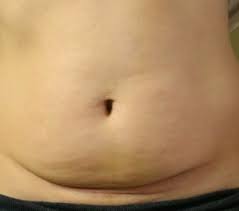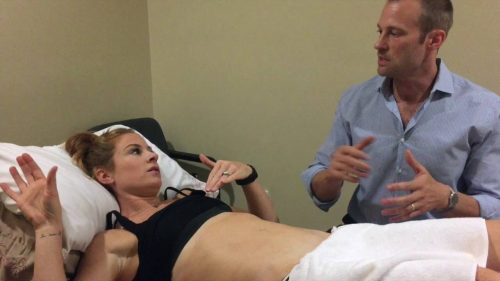The C-section procedure is known to be a major surgery that can be used to deliver a baby. However, the long-term effects of a C-section are often misunderstood. As medical technology advances, the potential risks and issues associated with a C-section procedure must be addressed.
In this blog post, we will provide a comprehensive guide to understanding the potential risks and how to manage the overhang that can be left behind after a C-section. We will cover the latest developments in medical techniques, lifestyle changes, and supplements to help reduce and manage the issue.
By taking steps to address the issue of C-section overhang, women can maintain their body’s health. We will also review the effectiveness of different types of treatments and provide practical advice to help women make informed decisions about their health.
1. understanding the concept of c section overhang
C section overhang is a condition that occurs when the skin and underlying tissue of the abdomen don’t go back to their pre-pregnancy shape after a cesarean delivery. This overhang can be very noticeable, often extending from below the belly button to the pubic area.
Understandably, c section overhang can be a source of worry for many women. While exercise and a healthy diet can help, it’s important to remember that in some cases, the only way to improve the appearance of c section overhang is with surgical interventions. Therefore, it’s important to understand the basics of c section overhang and the available treatments to make an informed decision about which treatment is best for you.
2. risk factors associated with c section overhang
While c section overhang can be a common issue after childbirth, there are certain risk factors that can increase the chances that you may experience this condition. The two primary risk factors that are associated with c section overhang are obesity and multiple c sections.
Obesity increases the likelihood of c section overhang because the excess weight can cause the abdominal muscles to stretch and weaken. Multiple c sections can also increase the risk of c section overhang due to the increased stretching and weakening of the abdominal muscles. Additionally, those who are older when giving birth are also more likely to experience c section overhang due to the decreased elasticity of the skin.
3. symptoms of c section overhang
It’s no surprise that the C-section overhang is becoming a common issue for many postpartum women. The overhang is a result of the skin being stretched and weakened during pregnancy, followed by the incision made during the cesarean section. Symptoms of this overhang include skin laxity, excess abdominal fat, separation of the abdominal muscles, and a protruding belly.
It can be uncomfortable and cause insecurity for many women. Fortunately, there are ways to reduce its appearance, such as targeted exercises, nutritional changes, and medical treatments. Keeping up with a healthy lifestyle and skincare routine can also help to reduce its appearance.
4. non-surgical treatments for c section overhang
Non-surgical treatments for c section overhang are becoming increasingly popular as a way to address the issue without the need for an invasive surgery. These treatments can range from non-invasive laser treatments to cryotherapy and radiofrequency treatments. Laser treatments work by targeting fat cells and shrinking them, while cryotherapy and radiofrequency treatments work by delivering controlled thermal energy to the area.
Each treatment has its own advantages and disadvantages, so it is important to discuss the best option with a medical professional. Non-surgical treatments can be a great option for those who want to reduce the appearance of c section overhang but are not ready to commit to surgery.
5. surgical treatments for c section overhang
C section overhang can be a difficult problem to treat. Fortunately, there are several surgical treatments available that can help reduce or even eliminate the overhang. Depending on the severity and size of the overhang, different treatments may be recommended.
The five most common surgical treatments for c section overhang include: liposuction, abdominoplasty, abdominal wall reconstruction, panniculectomy, and post-cesarean hernia repair.
Each of these treatments has its own unique benefits and drawbacks, and it is important to discuss them with your doctor before making a decision. In addition to surgical treatments, there are also non-surgical treatments available that may help reduce the appearance of the overhang.
Conclusion
In conclusion, C-section overhang can be a difficult concept to understand. But with the right information and support, you can make the best decision for you and your baby. By following the guidelines outlined in this guide, you can be sure that you understand all the risks and benefits of a C-section and make an informed decision about your delivery. With the right care, you can have a healthy and safe delivery for both you and your baby.

